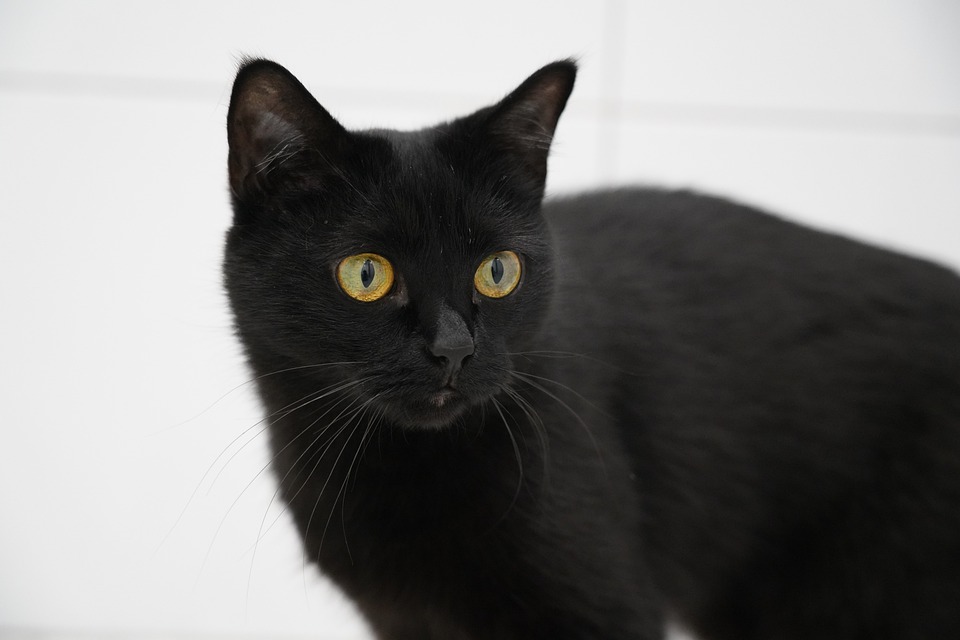Cats are fascinating creatures, and their behaviors can sometimes leave us puzzled. One common behavior that many cat owners encounter is excessive pawing at their food before eating. While it may seem harmless, this behavior can be frustrating and messy. In this article, we will delve into the reasons behind this behavior, explore ways to cope with it, and provide answers to frequently asked questions.
Understanding Excessive Pawing at Food Before Eating
The Instinctual Nature of Cats
Cats are natural hunters, and their instincts play a significant role in their behavior. Pawing at their food before eating mimics the behavior of catching prey in the wild. This instinct is deeply ingrained in them and is often triggered when they are excited or hungry.
Marking Territory
Cats use scent glands located in their paws to mark their territory. By pawing at their food, they leave their scent behind, signaling ownership and deterring other animals from approaching. This behavior can be particularly prevalent in multi-cat households.
Expression of Discomfort or Anxiety
Some cats may paw at their food due to discomfort or anxiety. This behavior can be a way for them to release pent-up energy or express their frustration. It is essential to observe your cat’s overall behavior and body language to determine if there are any underlying issues.
Coping Strategies for Excessive Pawing
Consistent Feeding Routine
Establishing a consistent feeding routine can help reduce excessive pawing behavior. Feed your cat at the same time each day, preferably in a quiet and calm environment. This routine will help them feel more secure and less inclined to paw at their food.
Use Puzzle Feeders
Puzzle feeders are interactive toys that provide mental stimulation while slowing down eating. These devices require cats to paw, nudge, or roll them to access their food. By using puzzle feeders, you can redirect your cat’s pawing behavior to a more appropriate outlet.
Provide Environmental Enrichment
Cats need mental and physical stimulation to thrive. Ensure your cat has plenty of toys, scratching posts, and comfortable resting areas. Engage in interactive play sessions to help them release excess energy and prevent boredom, which can contribute to pawing behavior.
Address Underlying Anxiety or Discomfort
If your cat’s pawing behavior is persistent or accompanied by other signs of anxiety or discomfort, it is crucial to address the underlying issue. Consult with a veterinarian or a professional animal behaviorist who can help identify and manage any potential medical or behavioral problems.
FAQs about Excessive Pawing at Food Before Eating
Q1: Is excessive pawing at food before eating a sign of an illness?
Excessive pawing at food can sometimes be a symptom of an underlying medical issue. If your cat’s behavior changes suddenly or is accompanied by other concerning signs such as weight loss, vomiting, or diarrhea, it is recommended to consult with a veterinarian.
Q2: How long should I try coping strategies before seeking professional help?
If your cat’s pawing behavior persists despite implementing coping strategies consistently for a few weeks, it may be beneficial to seek the guidance of a professional animal behaviorist. They can assess your cat’s behavior more comprehensively and provide tailored advice and solutions.
Q3: Can punishment help stop excessive pawing behavior?
Punishment is not recommended as a solution for excessive pawing behavior. It can cause fear and anxiety in your cat, leading to more significant behavior issues. Instead, focus on positive reinforcement, redirection, and creating a conducive environment to encourage desirable behaviors.
Q4: Is excessive pawing behavior more common in certain cat breeds?
While excessive pawing before eating can occur in any cat breed, some breeds are more prone to exhibiting this behavior. Oriental breeds, such as Siamese or Burmese cats, are known to be particularly inclined to pawing at food. However, it is important to remember that each cat is an individual, and behavior can vary widely.
Q5: Can excessive pawing behavior be completely eliminated?
In some cases, excessive pawing behavior may reduce significantly or even disappear with proper management techniques. However, it is important to understand that complete elimination of the behavior may not always be achievable. The goal is to minimize the behavior’s impact and ensure your cat’s overall well-being.
Conclusion
Excessive pawing at food before eating can be a puzzling behavior for cat owners. By understanding the instinctual nature of cats, providing a consistent routine, implementing coping strategies, and addressing any underlying issues, you can effectively manage this behavior. Remember, patience, positive reinforcement, and a deeper understanding of your cat’s needs are key to fostering a harmonious feeding experience for both you and your feline companion.








